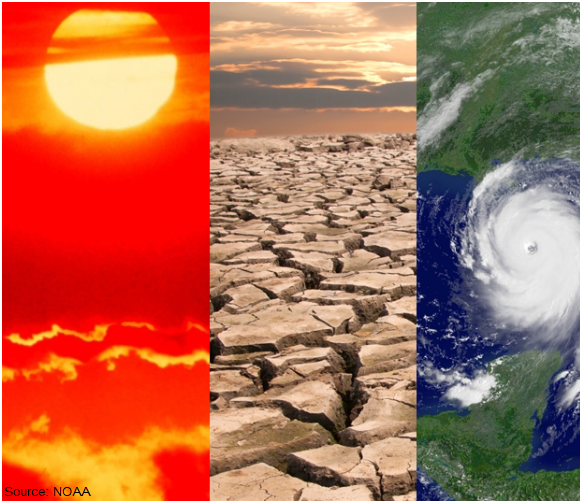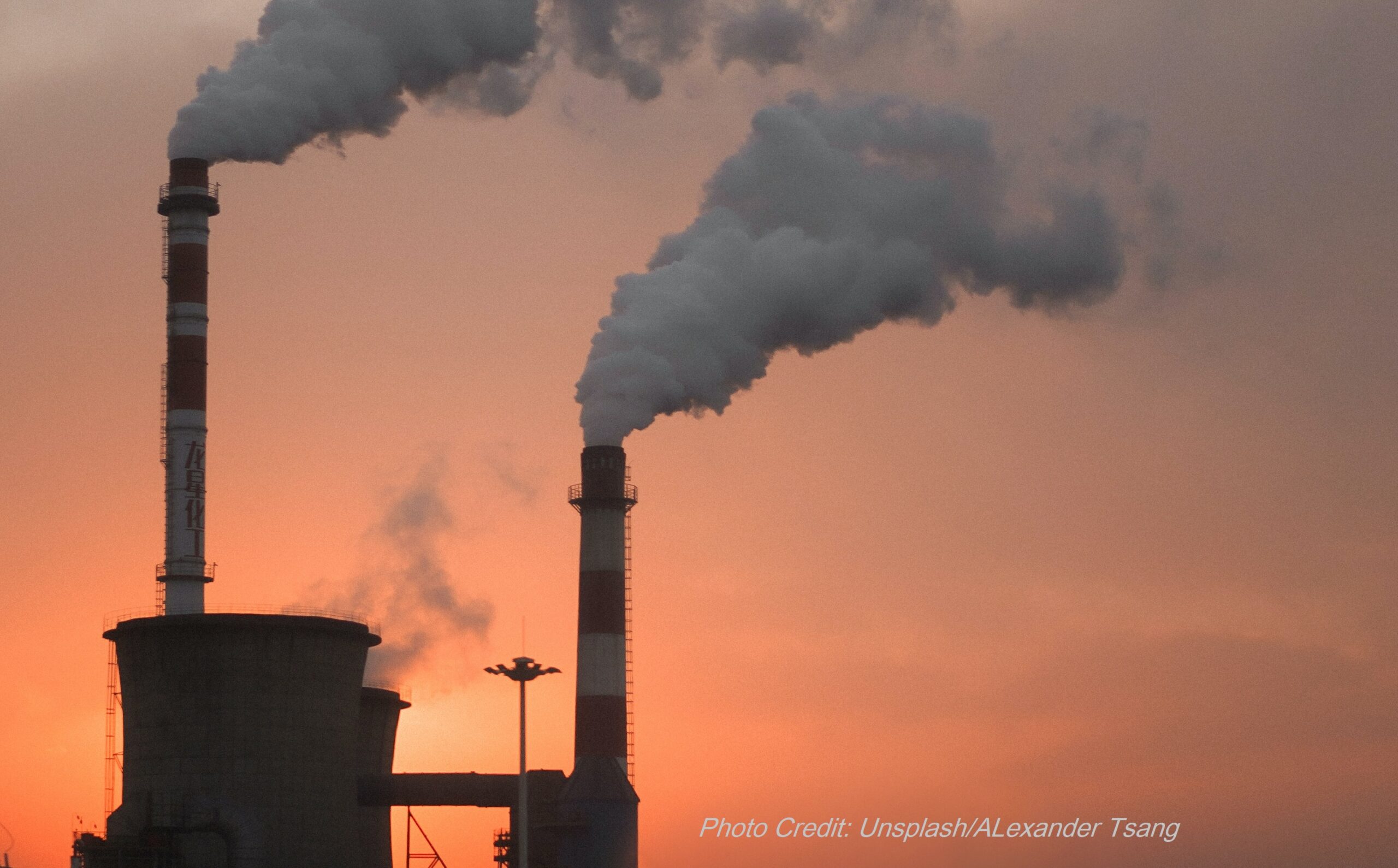Dr. Jonathan Foley, executive director of Project Drawdown, wrote a good article about misleading climate pledges this week.
He talks about many companies rushing to make pledges to “net-zero” and then notes that they are misusing the word: net-zero refers to the whole planet, not individual companies or countries.
He notes that their pledges are often based on accounting tricks such as “carbon offsets” and often don’t lead to any real reduction in carbon emissions. It makes things look good, but doesn’t actually achieve very much. He comments it’s good PR, to make them look good without really doing anything.
He notes that many of the offsets count too much on trees, oceans, and farms to remove carbon, but they can only do so much. And many other offsets are vague promises about future actions. Planting a new 2 foot tall seedling will not absorb much carbon until 50-60 years from now. It is not a real offset.
He notes that most pledges ignore the carbon we’ve already emitted – carbon that will stay in the atmosphere for decades and hundreds of years and continue to cause warming the whole time. We’ve already put
We have to stop putting carbon in the air.
We don’t have the capacity to deal with what we have already put in the air. It is already causing horrible heatwaves, extreme storms, massive hurricanes, and unprecented flooding.
He then has a list of ways companies can make their pledges accountable, and actually useful:
* Cut emissions towards zero, not net-zero
* Only use carbon removal as a last resort, for truly unavoidable emissions
* Pay the social cost of carbon for ongoing carbon pollution – pay for vulnerable and disenfranchised communities to reduce carbon emissions and build resilience
* Don’t stop with current and future emissions, deal with past emissions
* Carefully weigh issues of climate justice in everything the company does
We have to restore the balance for greenhouse gases, and that means addressing the inequities our country has created here and abroad.
Read and endorse the US Fair Share goal, which addresses our historical carbon emissions as well as what we need to do in the future.
Read the whole article by Dr. Foley here, there is much more to it than we can summarize here.
06/18/2021





